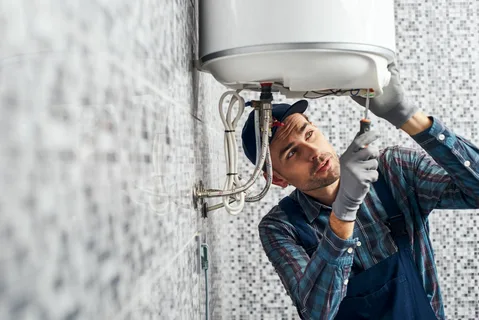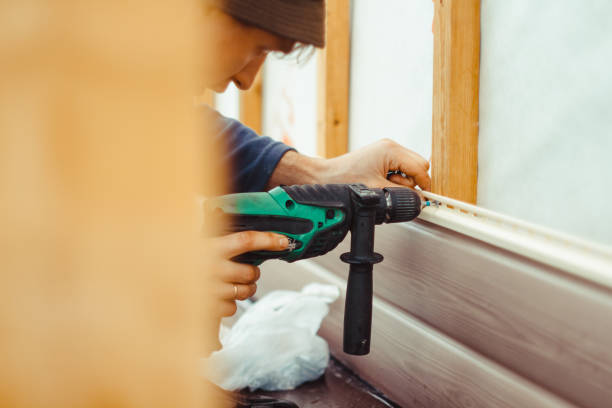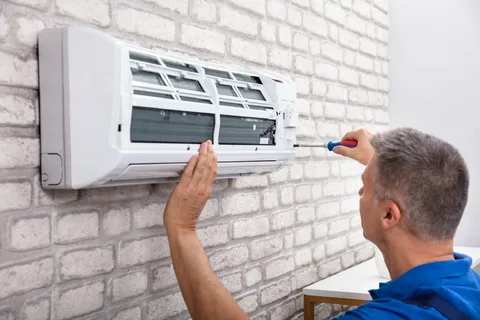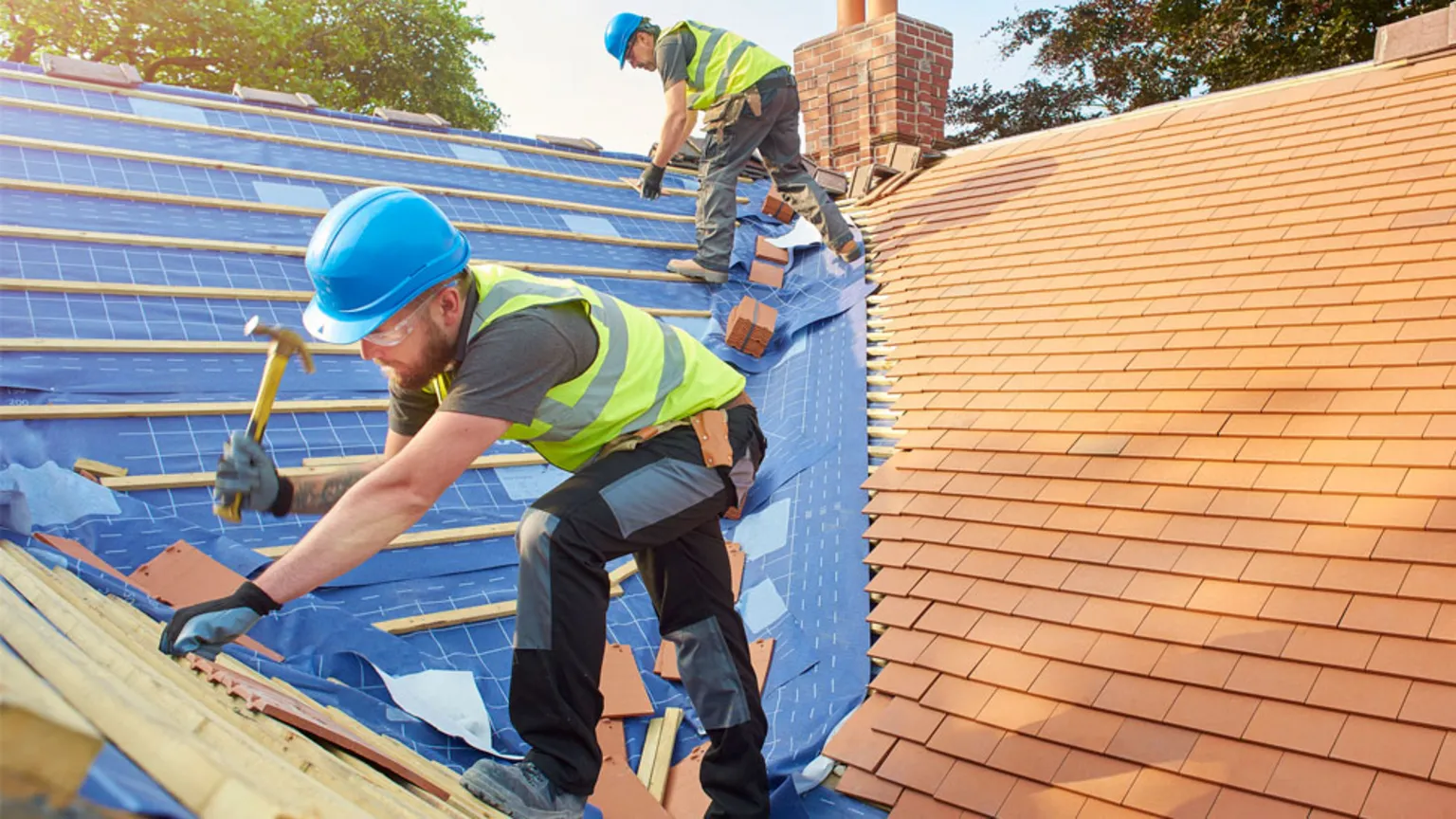Standing Stair Lifts: The Best Mobility Solution for Narrow Stairs & Knee Issues
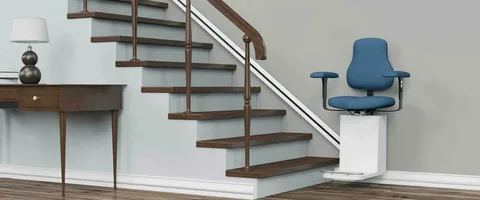
For individuals with limited mobility, navigating stairs can be a daily challenge. While traditional stair lifts provide a seated option, some people struggle with bending their knees or prefer standing due to medical conditions. That’s where a standing stair lift comes in—a compact, space-saving alternative designed to provide comfort, stability, and ease of movement.
Whether you have narrow stairs, knee problems, or prefer standing support, a standing stair lift can make your home more accessible and safer. In this guide, we’ll explore its benefits, features, installation process, and key considerations before buying one.
What Is a Standing Stair Lift?
A standing stair lift is a motorized lift that helps individuals travel up and down stairs in a standing or semi-standing position. Instead of a traditional seat, it has a lean-in perch seat or standing platform, allowing users to remain upright while securing themselves with safety bars and belts.
Unlike conventional seated stair lifts, which require a larger footprint, standing models are perfect for narrow staircases or users with knee or hip issues.
Key Benefits of a Standing Stair Lift
1. Ideal for Narrow Staircases
If your home has a tight or steep staircase, a seated stair lift may not fit. A standing stair lift requires less space, making it a perfect solution for compact homes.
2. Great for Those with Joint or Knee Issues
People with arthritis, knee pain, or mobility limitations may find it uncomfortable to bend their knees. A standing lift removes the need to sit or stand up fully, reducing strain on the joints.
3. Enhanced Safety and Stability
These lifts come with safety belts, grab rails, and anti-slip platforms to prevent falls. Some models also feature slow start-stop technology to ensure a smooth ride.
4. Easy to Use and Customizable
With simple joystick or remote control operation, standing stair lifts are user-friendly. You can customize them for straight or curved staircases, making them versatile for different home layouts.
5. Quick and Non-Invasive Installation
Unlike elevators or home modifications that require major construction, standing stair lifts are installed on the stair railing and can be set up within a few hours.
Things to Consider Before Buying a Standing Stair Lift
1. Weight Capacity
Most standing stair lifts can hold between 250–350 lbs (113–159 kg). Always check the weight limit to ensure it suits your needs.
2. Type of Staircase (Straight vs. Curved)
Straight stair lifts are more affordable and easier to install.
Curved stair lifts require customization and are more expensive.
3. Space and Clearance
Measure your staircase width to confirm the lift will fit. Most standing stair lifts need at least 25–28 inches of clearance.
4. Power Source
Choose between battery-powered or electric models. Battery-powered stair lifts continue working during a power outage, offering extra reliability.
5. Additional Features
Look for foldable footrests, remote controls, and safety locks for enhanced functionality.
Installation Process: What to Expect
A standing stair lift installation typically involves:
Home Assessment: A professional evaluates your staircase layout and space.
Customization: If you have a curved staircase, the rail will be customized.
Installation: The lift is securely attached to the staircase, not the wall.
Testing and Training: You’ll be shown how to use the lift safely.
The entire process usually takes between 2–6 hours depending on the complexity.
Conclusion
A standing stair lift is a practical, space-efficient, and safe mobility solution for those who find it difficult to sit or bend their knees. Whether you have narrow stairs, arthritis, or prefer a standing position, this lift can restore independence and improve home accessibility.
When choosing a stair lift, consider the staircase type, weight capacity, and safety features to find the best fit. With proper installation and maintenance, a standing stair lift can provide years of convenience and mobility freedom.
FAQs
1. Who should use a standing stair lift?
A standing stair lift is ideal for people with limited knee flexibility, arthritis, or narrow staircases that cannot accommodate a seated model.
2. How much does a standing stair lift cost?
Prices range from $2,500 to $8,000, depending on the brand, features, and whether it’s a straight or curved staircase model.
3. Can a standing stair lift be installed on any type of staircase?
Most models are designed for straight and curved staircases. However, extremely steep or spiral staircases may require special customization.
4. Do standing stair lifts require maintenance?
Yes, regular cleaning, battery checks, and occasional servicing will keep the lift in good condition. Most manufacturers recommend a yearly professional inspection.
5. Can I install a standing stair lift myself?
It’s recommended to have a professional install the stair lift to ensure safety, proper fitting, and long-term reliability.
Note: IndiBlogHub features both user-submitted and editorial content. We do not verify third-party contributions. Read our Disclaimer and Privacy Policyfor details.



